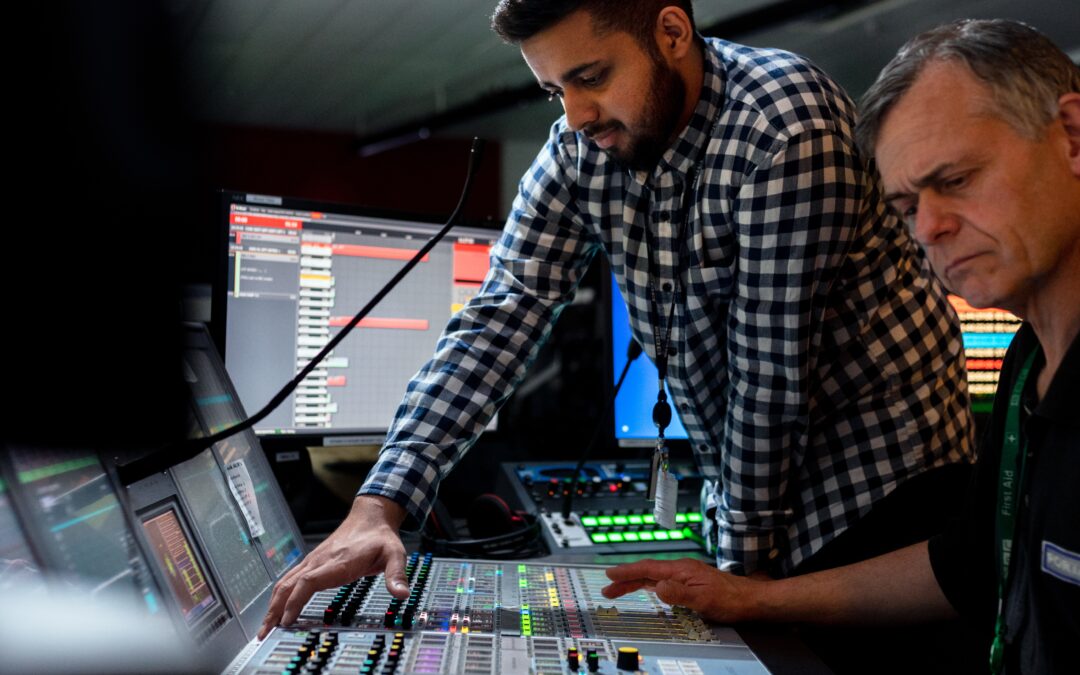Radio imaging refers to the production elements used to create a unique and recognizable sound for a radio station. It includes everything from jingles, sweepers, liners, and sound effects to station IDs, intros, outros, and promos. Effective radio imaging can help to establish a strong brand identity, increase listener engagement, and create a memorable experience for your audience. Here’s your ultimate guide to radio imaging:
- Define your brand identity: Before you can create effective radio imaging, you need to define your brand identity. Consider your target audience, format, and positioning, and use that information to develop a consistent brand image that will resonate with your listeners.
- Choose a voice: Select a voice that reflects your brand identity and resonates with your target audience. Consider factors such as gender, tone, and personality.
- Write scripts: Develop scripts for your imaging elements that capture your brand personality and messaging. Keep your messaging clear and concise, and use language that resonates with your audience.
- Use sound effects: Incorporate sound effects into your imaging elements to create a dynamic and engaging soundscape. Use sound effects to punctuate important messages, create transitions, and add depth to your imaging.
- Create jingles: Jingles are short, catchy tunes that help to brand your station and create a memorable experience for your listeners. Work with a composer to develop a jingle that reflects your brand identity and resonates with your target audience.
- Use sweepers: Sweepers are short imaging elements that promote your station and provide transition between programming elements. Use sweepers to create a consistent and engaging soundscape for your listeners.
- Develop station IDs: Station IDs are short imaging elements that identify your station by name or call letters. Develop a station ID that reflects your brand identity and is easily recognizable to your listeners.
- Create promos: Promos are longer imaging elements that promote upcoming events, contests, or special programming. Use promos to build excitement and engagement among your listeners.
- Use imaging in programming: Incorporate your imaging elements into your programming to create a consistent and engaging experience for your listeners. Use imaging to create transitions, build excitement, and reinforce your brand identity.
- Monitor your imaging: Monitor the effectiveness of your imaging by tracking listener engagement and response. Use this information to optimize your imaging strategy and improve listener engagement.
By following these ten steps, you can create effective radio imaging that establishes a strong brand identity, engages your listeners, and creates a memorable experience for your audience. Remember to keep your messaging clear and concise, and to use sound effects, jingles, sweepers, and other imaging elements to create a dynamic and engaging soundscape that reflects your brand identity.

